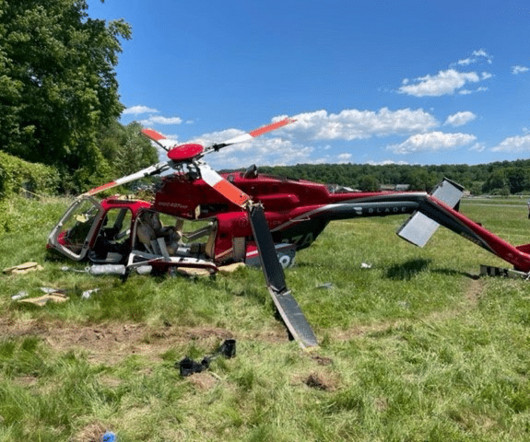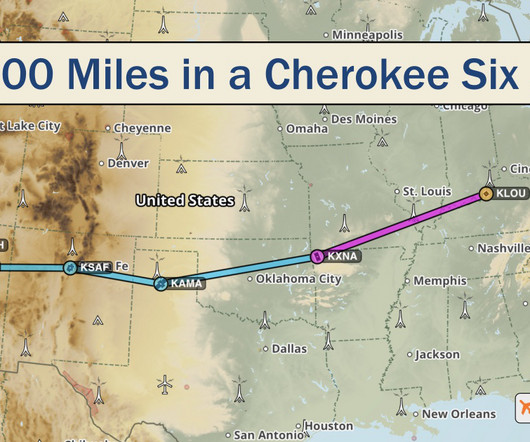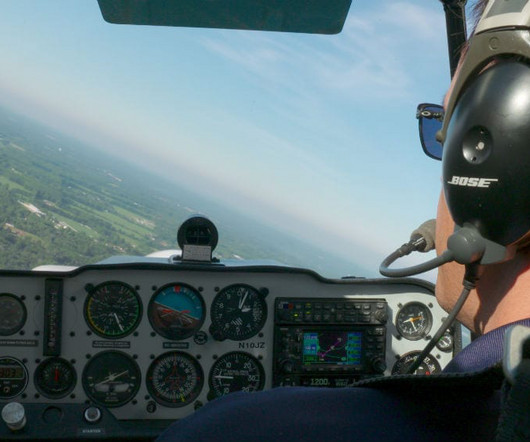Unbolted in Fairfield (Update on the 2022 Bell 407 GXP Crash)
Fear of Landing
APRIL 19, 2024
The helicopter turned left to return to the airport, travelling at about 85 knots. The indicated airspeed had fallen below 65 knots and was still decreasing. The helicopter was at treetop height with an indicated airspeed of zero knots when the right yaw ceased. The pilot reported two miles out.













Let's personalize your content